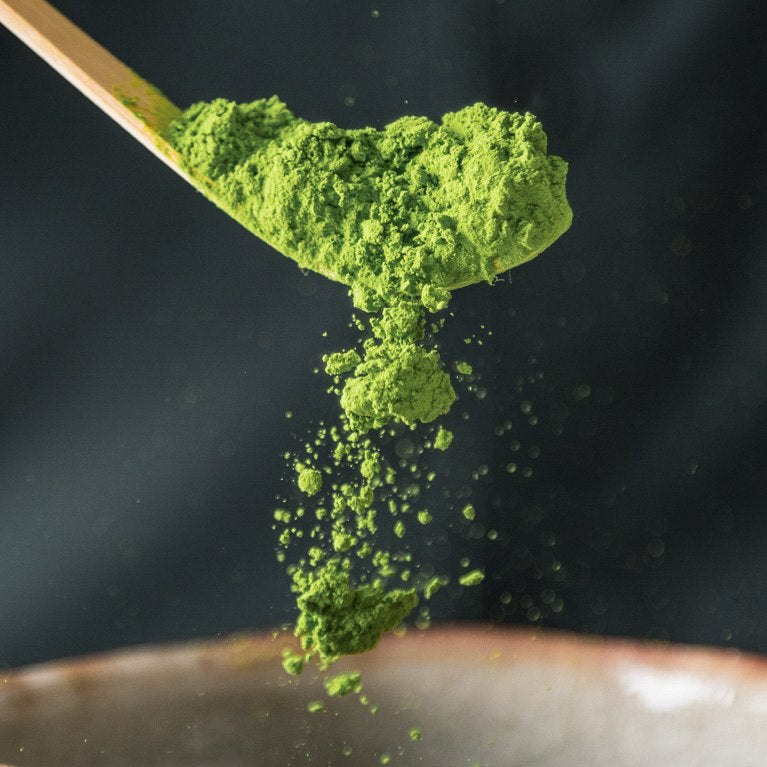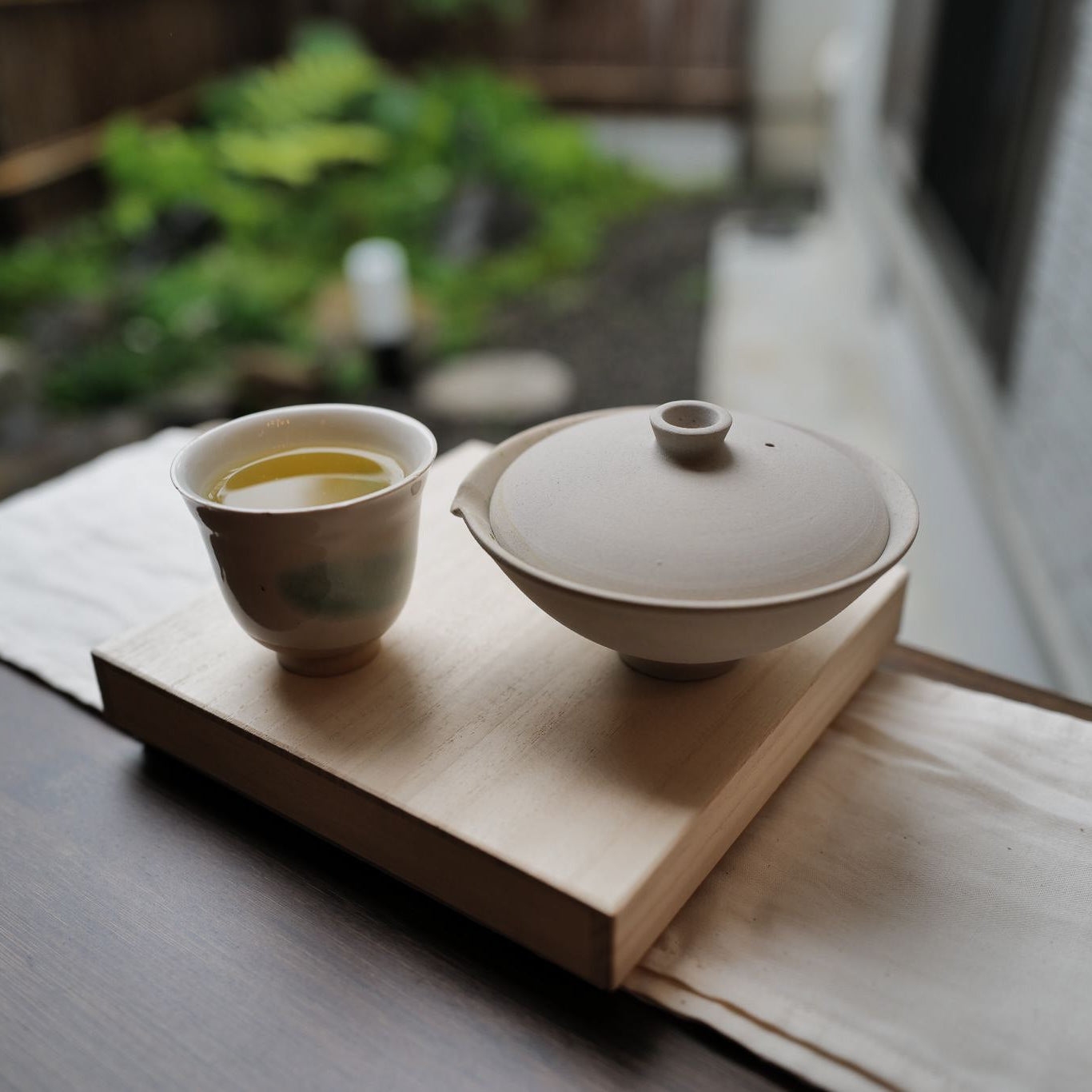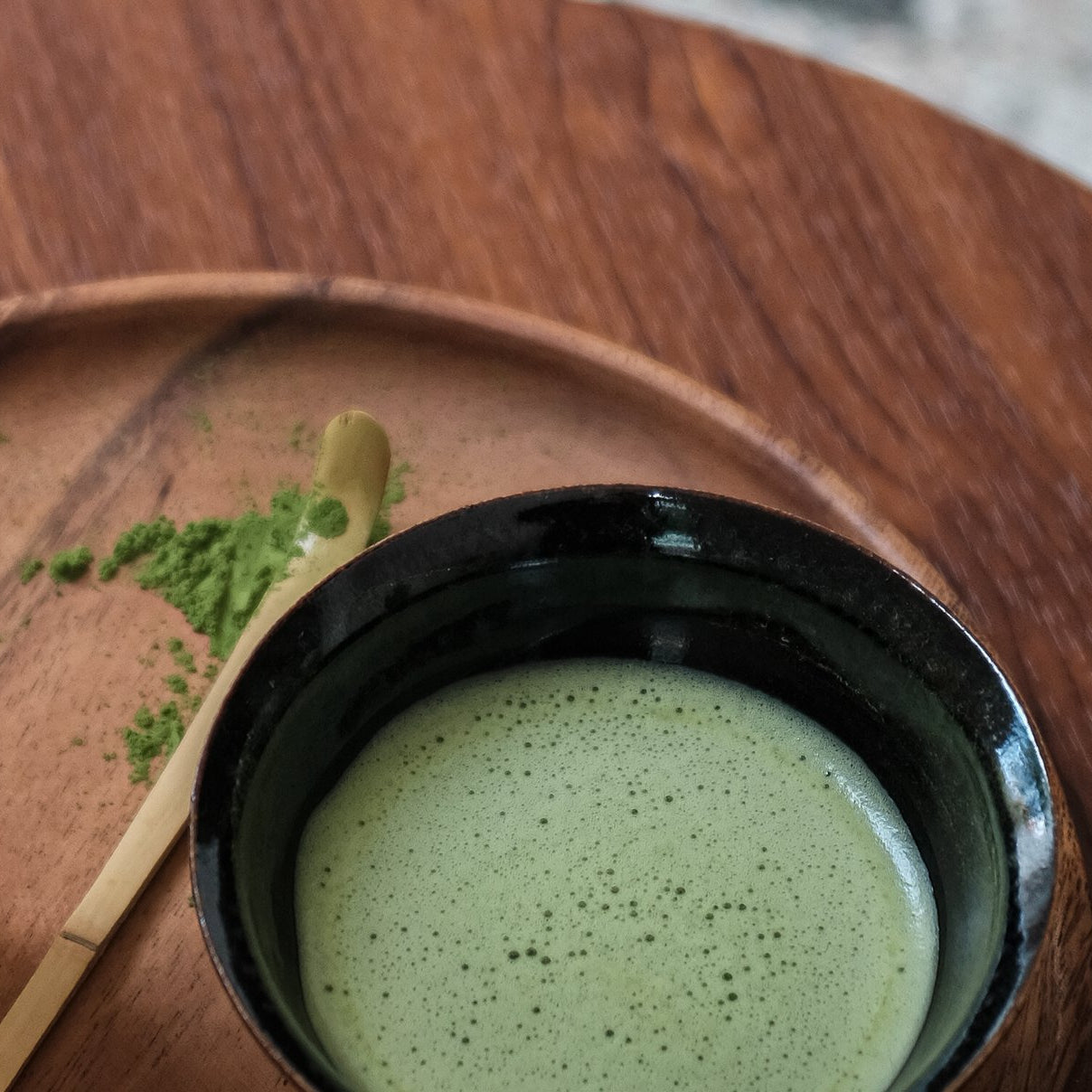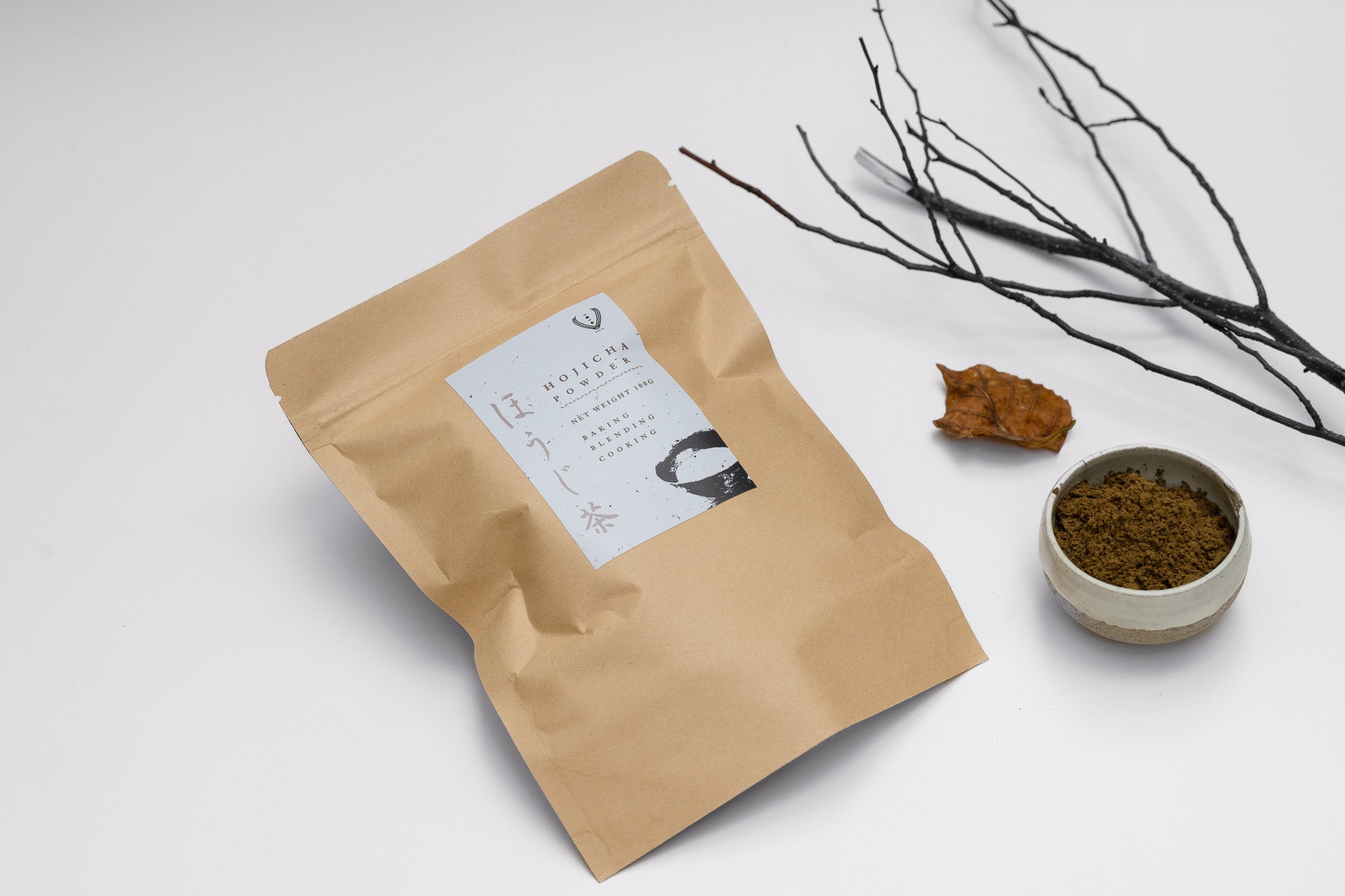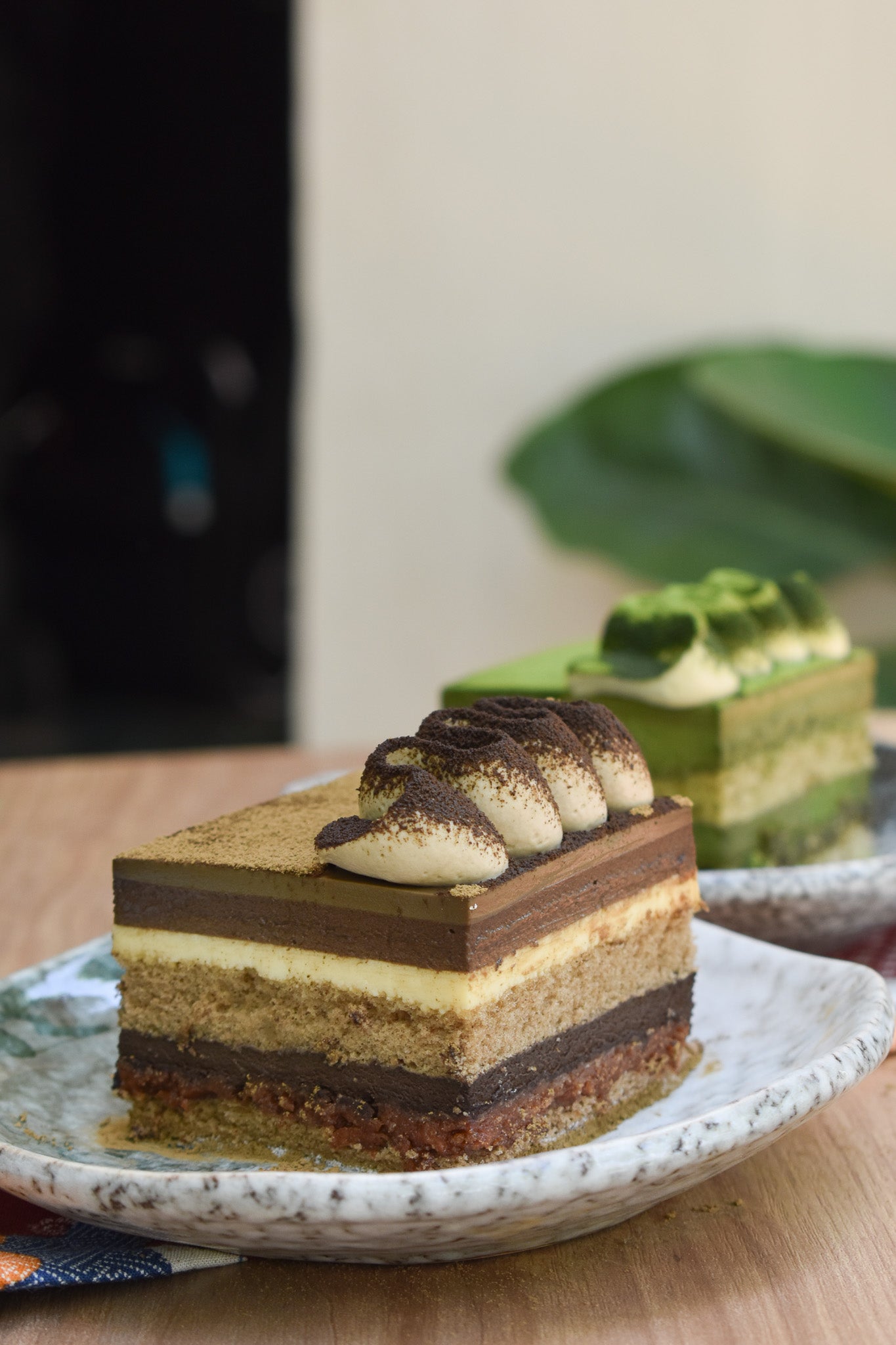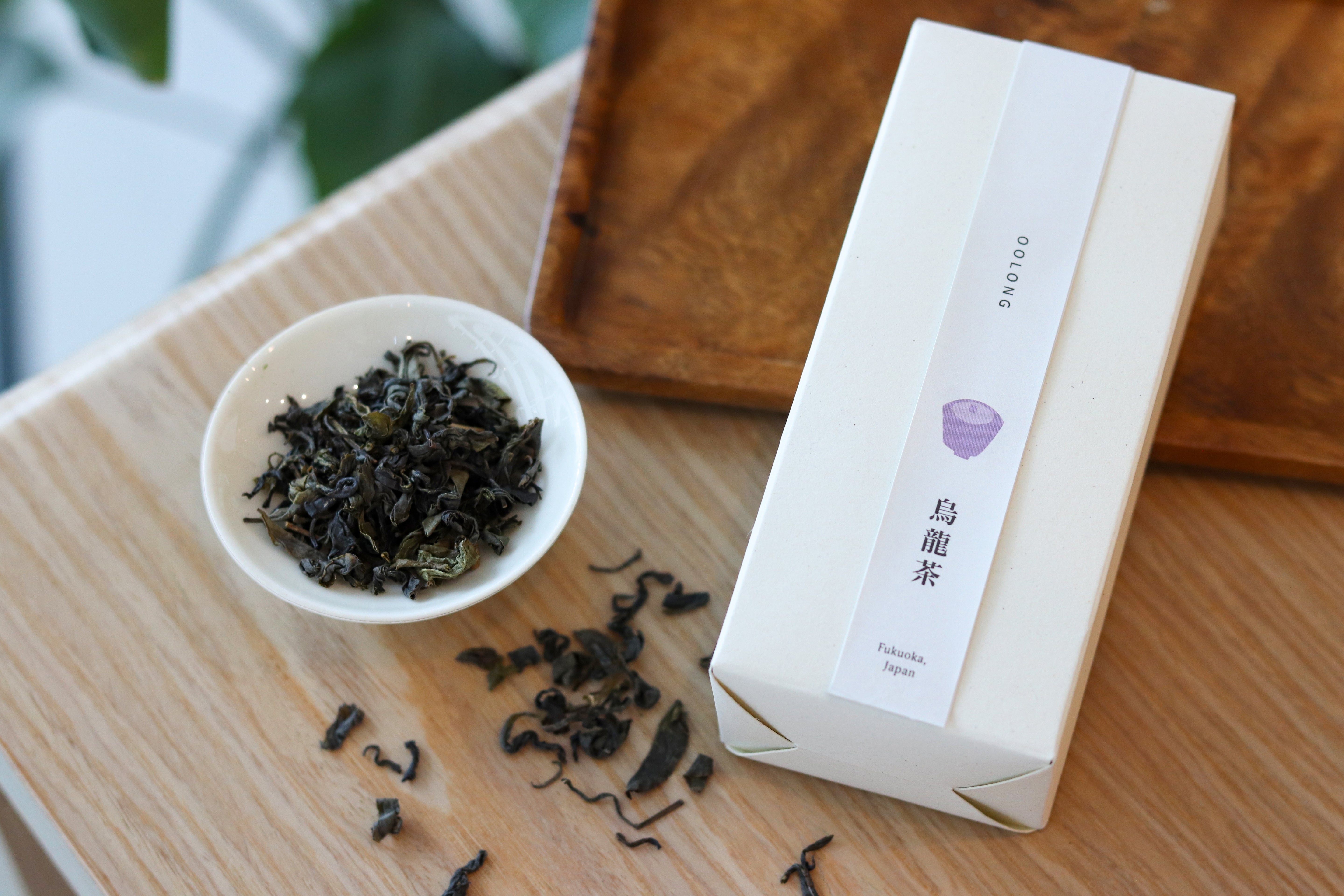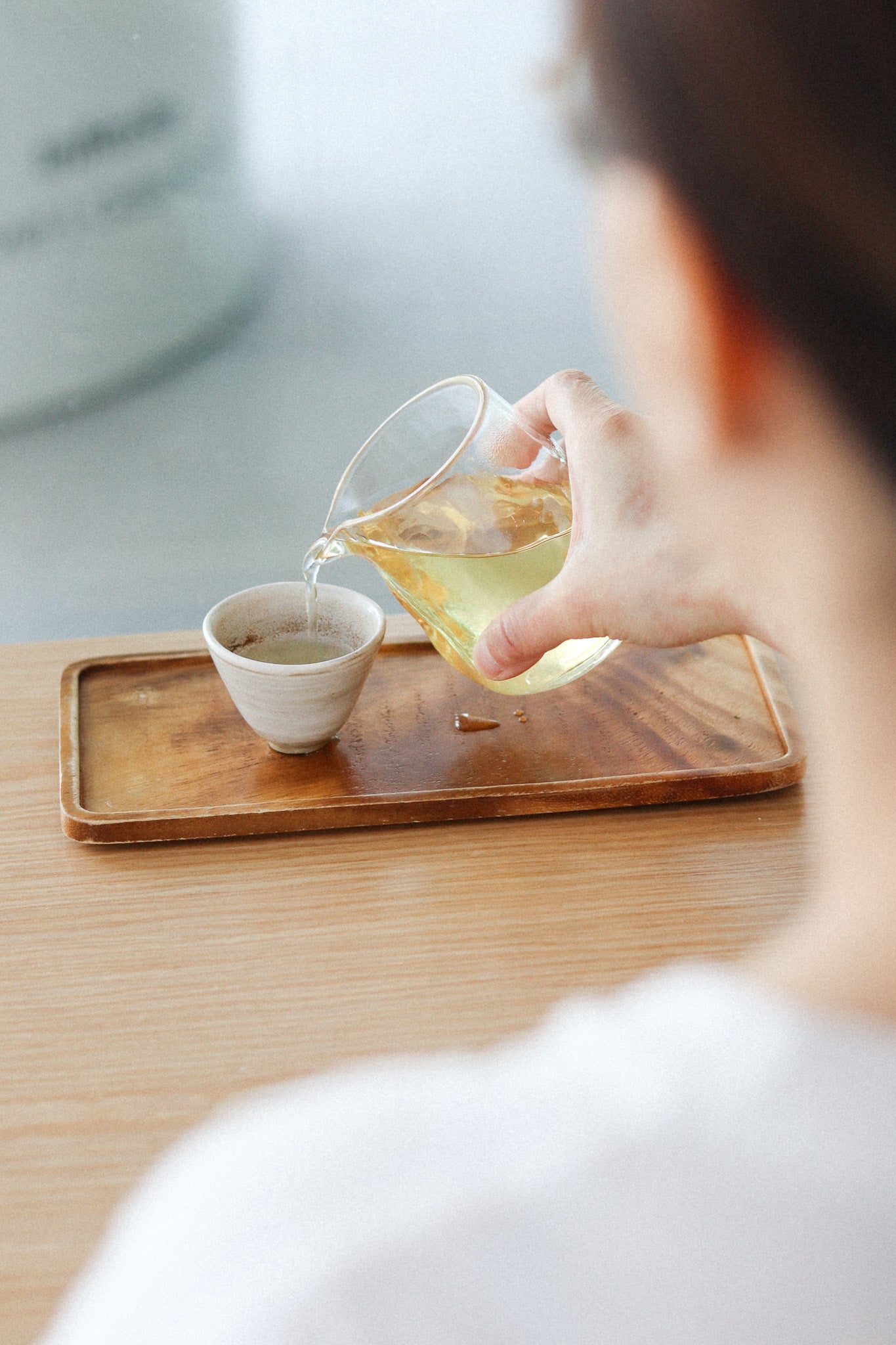ZAIRAI - THE ORIGINAL CULTIVAR
by Hao Jing | April 28, 2020
Wild and non-conforming, the zairai is a remarkably rare tea plant that is often overlooked for other more famous cultivars. An old world tea that requires immense dedication and finesse to harvest and process, one wonders whether it will rise in prominence or fade into obscurity as time passes.
For a good part of the past two decades, tea culture all over the world declined into obscurity and tea itself became a commodity devoid of meaning for most people. Even in Asia, the birthplace of tea, young people began to favour sugar-laden instant alternatives such as bubble tea and shunned the ceremonies of tea.
But tea found an unlikely ally that helped propel it back unto the track of being more than just another drink - coffee. With the rise of the specialty coffee wave (that rode on the wave of artisanal food), consumers began to care more about the where, what and how of the liquid in their mugs. They developed a curiosity about who grew the beans, how it was processed and how it ought to be best enjoyed. They even calculated the number of hands it took for the coffee to pass through from bean to cup. Having knowledge about things such as the cultivar became the norm.

Consumers began to care more about the where, what and how of the liquid in their mugs.
This obsession with the product origin and preparation techniques eventually influenced the tea drinking world. While we are still in the infancy stage, in the past five years we have seen a tremendous increase in interests and knowledge among the general public about the humble tea. One thing that stood out (unsurprisingly) was queries about the cultivar.
While coffee has their prestigious geishas and ethiopian yirgacheffes, Japanese tea cultivars include the samidori, okumidori, gokou and such. Though these kyoto cultivars are generally of higher quality and cleaner flavour profile, it would be unwise for one to think that the cultivar is the most important factor in determining the brew's final taste quality.
And one cultivar (which actually isn't even a cultivar) that has a huge flavour potential is slowly gaining popularity among the Japanese tea lovers. The zairai (在来). A common misunderstanding about tea is that they are grown from seed. However, tea is a unique plant in which the cultivar's properties can only be preserved when it is replanted from a cutting of the original plant. Using the seeds to grow another tea bush will result in the unique characteristics of the particular cultivar being lost. And the name given to these tea plants grown from seed is zairai. Since tea was introduced into Japan by a zen monk carrying seeds from China, one could say that zairai is the original "cultivar" in Japan.
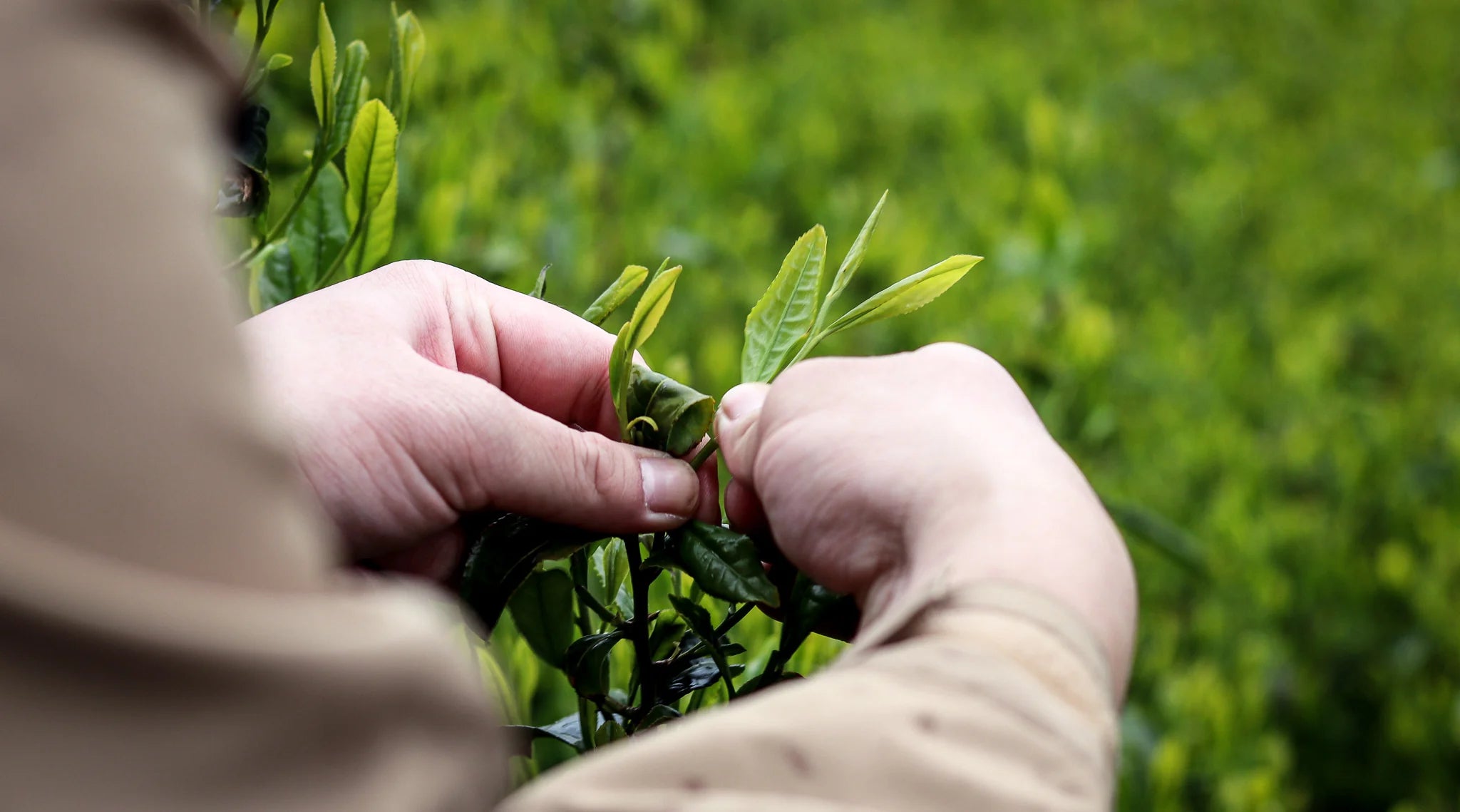
Most tea plants these days are cultivated from cuttings, for uniformity and consistency of the desired flavour profile.
While most cultivars are cultivated for specific traits such as weather and pest resistance or flavour profile, the zairai is usually a gamble. But one common trait is that the roots of zairai plants tend to grow deeper into the soil, absorbing more nutrients than the mainstream cultivars. When the stars align for a particular plant, the flavour would be full of punch and complexity, hearty and not subdued. What it lacks in refinement, it often compensates with flavour diversification.
So next time you come across a zairai tea, do give it a try. You may just be in for a surprise...
When the stars align for a particular plant, the flavour would be full of punch and complexity, hearty and not subdued.

